- Over 1 million successful rentals
Car Hire Martinique
Save time and money. We compare the offers of car rental companies in Martinique on your behalf.
- Free cancellation Up to 48 hours prior to the scheduled pick up time
- Best price guarantee Have you found a better price? Let us know and we will make you a better offer.
- 24000+ pick-up locations Locations around the world
Compare Car Hire
Carrentals.co.uk offers simple and straightforward car hire comparison services. We don't add a penny to your quotes!
Car rental offers in Martinique
Whether you're looking for a small rental car or a station wagon for the entire family, we will always have a suitable vehicle for the lowest price. Below are some examples from our selection in Martinique.
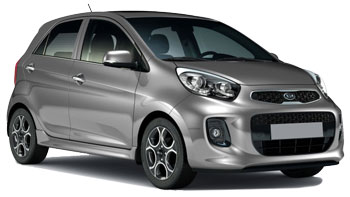
-
Thrifty From£ 12 /day
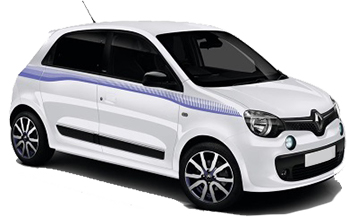
-
Keddy By Europcar From£ 13 /day -
Rent a car From£ 13 /day -
Jumbocar From£ 13 /day

-
Thrifty From£ 16 /day
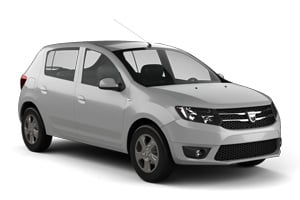
-
Jumbocar From£ 14 /day
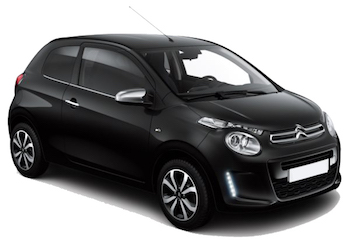
-
Thrifty From£ 14 /day -
Alamo From£ 19 /day -
Enterprise From£ 21 /day

-
Rent a car From£ 16 /day -
Jumbocar From£ 16 /day -
Keddy By Europcar From£ 17 /day

-
Thrifty From£ 19 /day -
Alamo From£ 31 /day -
Enterprise From£ 33 /day
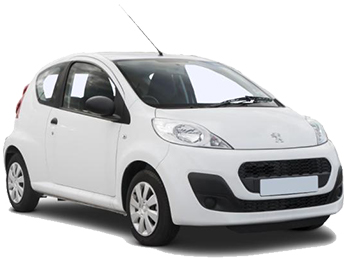
-
Hertz From£ 17 /day

-
Jumbocar From£ 19 /day
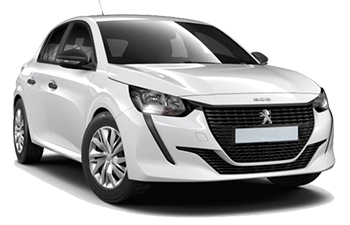
-
Flizzr From£ 13 /day -
Thrifty From£ 14 /day -
Rent a car From£ 14 /day
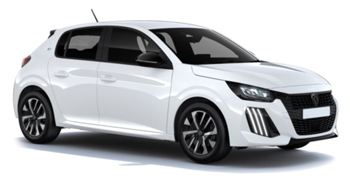
-
Jumbocar From£ 14 /day
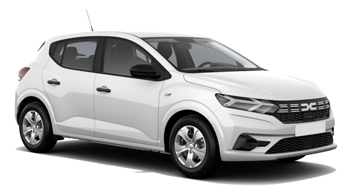
-
Rent a car From£ 17 /day -
Jumbocar From£ 17 /day

-
Rent a car From£ 14 /day -
Jumbocar From£ 15 /day -
Keddy By Europcar From£ 15 /day

-
Jumbocar From£ 14 /day -
Rent a car From£ 15 /day

-
Rent a car From£ 17 /day -
Flizzr From£ 18 /day -
Thrifty From£ 18 /day

-
Sixt From£ 15 /day -
Rent a car From£ 16 /day -
Jumbocar From£ 16 /day

-
Jumbocar From£ 18 /day
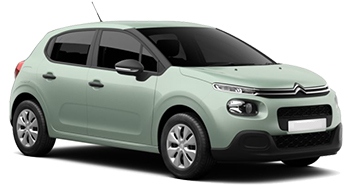
-
Hertz From£ 17 /day -
Enterprise From£ 23 /day -
Alamo From£ 23 /day
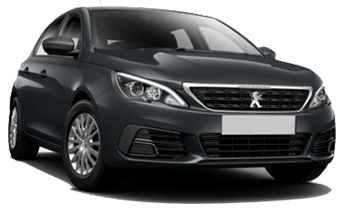
-
Thrifty From£ 25 /day
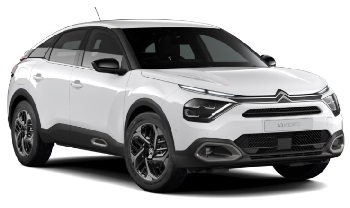
-
Thrifty From£ 26 /day -
Alamo From£ 30 /day -
Enterprise From£ 33 /day

-
Thrifty From£ 28 /day
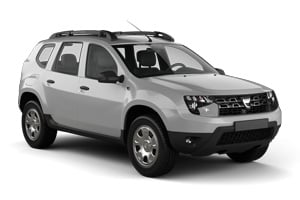
-
Rent a car From£ 28 /day -
Jumbocar From£ 29 /day -
Keddy By Europcar From£ 41 /day
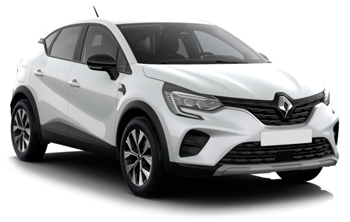
-
Keddy By Europcar From£ 28 /day -
Sixt From£ 28 /day -
Europcar From£ 32 /day

-
Thrifty From£ 31 /day -
Hertz From£ 39 /day -
Alamo From£ 39 /day
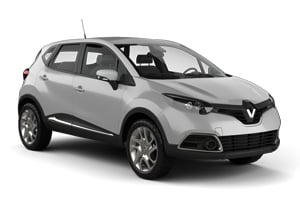
-
Sixt From£ 32 /day -
Keddy By Europcar From£ 32 /day -
Europcar From£ 36 /day
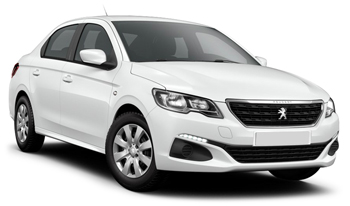
-
Alamo From£ 31 /day

-
Rent a car From£ 32 /day -
Jumbocar From£ 32 /day -
Keddy By Europcar From£ 47 /day
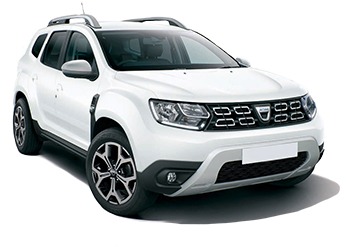
-
Keddy By Europcar From£ 29 /day -
Sixt From£ 31 /day -
Europcar From£ 36 /day

-
Sixt From£ 34 /day -
Keddy By Europcar From£ 34 /day -
Europcar From£ 41 /day
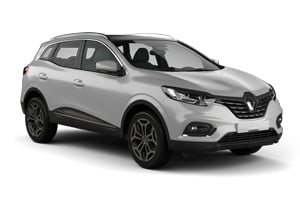
-
Europcar From£ 44 /day
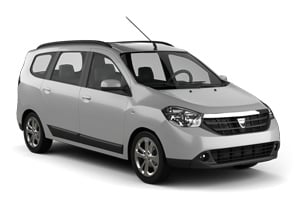
-
Rent a car From£ 47 /day -
Keddy By Europcar From£ 48 /day -
Jumbocar From£ 48 /day
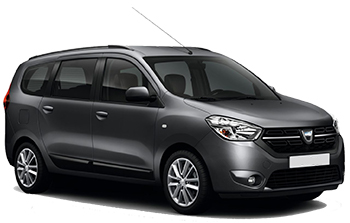
-
Rent a car From£ 51 /day -
Jumbocar From£ 52 /day -
Keddy By Europcar From£ 56 /day
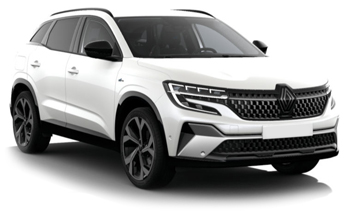
-
Jumbocar From£ 47 /day

-
Jumbocar From£ 53 /day
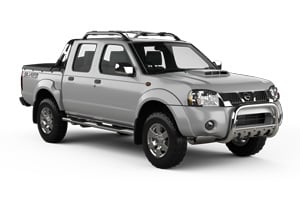
-
Europcar From£ 56 /day

-
Keddy By Europcar From£ 31 /day -
Europcar From£ 32 /day

-
Keddy By Europcar From£ 37 /day -
Europcar From£ 38 /day

-
Keddy By Europcar From£ 41 /day -
Europcar From£ 48 /day

-
Keddy By Europcar From£ 45 /day -
Europcar From£ 54 /day

-
Keddy By Europcar From£ 45 /day -
Europcar From£ 49 /day

-
Keddy By Europcar From£ 50 /day -
Europcar From£ 60 /day
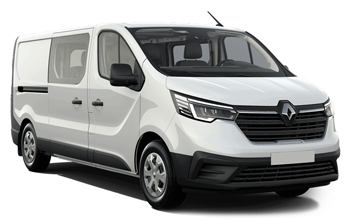
-
Keddy By Europcar From£ 51 /day -
Rent a car From£ 51 /day -
Jumbocar From£ 52 /day

-
Keddy By Europcar From£ 55 /day -
Rent a car From£ 55 /day -
Jumbocar From£ 56 /day
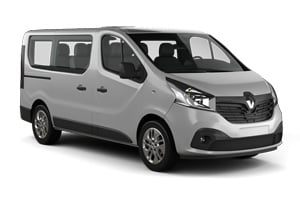
-
Jumbocar From£ 55 /day

-
Keddy By Europcar From£ 56 /day -
Europcar From£ 57 /day

-
Keddy By Europcar From£ 61 /day -
Europcar From£ 67 /day
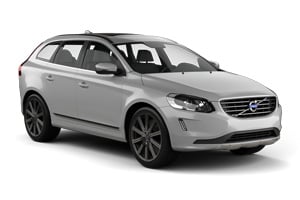
-
Europcar From£ 79 /day

-
Europcar From£ 84 /day

-
Rent a car From£ 40 /day -
Jumbocar From£ 40 /day

-
Rent a car From£ 42 /day -
Jumbocar From£ 43 /day
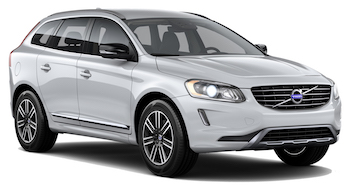
-
Keddy By Europcar From£ 65 /day -
Europcar From£ 72 /day

-
Rent a car From£ 73 /day

-
Keddy By Europcar From£ 45 /day -
Europcar From£ 54 /day

-
Keddy By Europcar From£ 50 /day -
Europcar From£ 60 /day

-
Keddy By Europcar From£ 51 /day -
Rent a car From£ 51 /day -
Jumbocar From£ 52 /day

-
Keddy By Europcar From£ 55 /day -
Rent a car From£ 55 /day -
Jumbocar From£ 56 /day

-
Jumbocar From£ 55 /day -
Keddy By Europcar From£ 56 /day -
Europcar From£ 57 /day

-
Jumbocar From£ 59 /day -
Keddy By Europcar From£ 61 /day -
Europcar From£ 67 /day
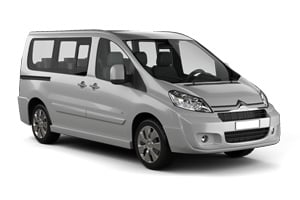
-
Alamo From£ 62 /day

-
Alamo From£ 73 /day

-
Rent a car From£ 28 /day -
Jumbocar From£ 29 /day -
Keddy By Europcar From£ 31 /day

-
Rent a car From£ 32 /day -
Jumbocar From£ 32 /day -
Sixt From£ 34 /day
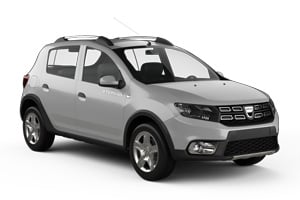
-
Alamo From£ 32 /day

-
Alamo From£ 37 /day

-
Rent a car From£ 40 /day -
Jumbocar From£ 40 /day

-
Keddy By Europcar From£ 41 /day -
Europcar From£ 44 /day -
Rent a car From£ 73 /day

-
Rent a car From£ 42 /day -
Jumbocar From£ 43 /day

-
Keddy By Europcar From£ 45 /day -
Europcar From£ 49 /day
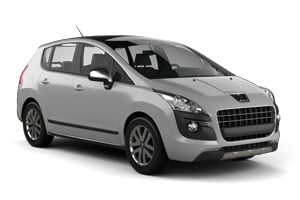
-
Alamo From£ 58 /day
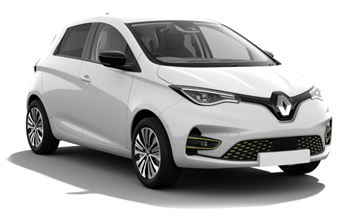
-
Rent a car From£ 18 /day -
Jumbocar From£ 18 /day -
Enterprise From£ 32 /day

-
Rent a car From£ 22 /day -
Jumbocar From£ 22 /day -
Enterprise From£ 49 /day

When to book a rental car in Martinique
Martinique - When is the most affordable time to rent a mini class car?
At this destination (Martinique), May is the most affordable time to rent a mini class car with an average daily rate of
Martinique - When is the most affordable time to rent a economy class car?
At this destination (Martinique), May is the most affordable time to rent a economy class car with an average daily rate of
Martinique - When is the most affordable time to rent a compact class car?
At this destination (Martinique), May is the most affordable time to rent a compact class car with an average daily rate of
Martinique - When is the most affordable time to rent an intermediate class car?
At this destination (Martinique), May is the most affordable time to rent a intermediate class car with an average daily rate of
Martinique - When is the most affordable time to rent a standard class car?
At this destination (Martinique), June is the most affordable time to rent a standard class car with an average daily rate of
Martinique - When is the most affordable time to rent a full-size car?
At this destination (Martinique), June is the most affordable time to rent a full-size class car with an average daily rate of
Martinique - When is the most affordable time to rent a luxury car?
At this destination (Martinique), October is the most affordable time to rent a luxury class car with an average daily rate of
Martinique - When is the most affordable time to rent a station wagon?
At this destination (Martinique), May is the most affordable time to rent a station wagon with an average daily rate of
Martinique - When is the most affordable time to rent a SUV?
At this destination (Martinique), May is the most affordable time to rent an SUV with an average daily rate of
Martinique - When is the most affordable time to rent a MPV?
At this destination (Martinique), May is the most affordable time to rent an mpv with an average daily rate of
Martinique - When is the most affordable time to rent a minivan?
At this destination (Martinique), August is the most affordable time to rent a minibus with an average daily rate of
Car rental locations in Martinique
Carrentals.co.uk compares rental car prices at the following destinations

Martinique Guide
Martinique is best explored by rental car. Carrentals.co.uk has over 18 pick-up locations in Martinique. This means there is always a pick-up location close to your destination.
Most popular car hire locations in Martinique
Driving
Martinique, an overseas department of France, is among the Caribbean's most captivating islands. By car, tourists can make their way from the capital, Fort-de-France, to the south of the island where various coastal towns such as Le Diamant offer stunning scenery and black sand beaches.
Driving Tips for Martinique
Driving around Martinique is the only way to truly capture the best landscapes the region has to offer. Although traffic is often heavy in the capital and countryside roads are often unpaved, driving on the island is in general a rewarding experience. Roads are generally well-maintained and have ample signage.
Driving licences: UK drivers are able to drive in Martinique providing they hold a UK driving licence.
Which side does Martinique drive on: the right.
Speed limits:
Motorways: 68mph (110kph)
Rural areas: 55mph (90kph)
Built-up areas: 31mph (50kph)
Alcohol limits: 0.05 per cent compared to the UK's allowance of 0.08 per cent; alcohol levels exceeding 0.05 per cent could result in harsh penalties.
Driving age: 18 years; 25 years for car hire.
Seatbelts: compulsory for all passengers. Children must sit in the rear of the vehicle.
Mobile phones and GPS: using a mobile phone in Martinique while driving is strictly prohibited if not used in conjunction with a hands-free kit. GPS is allowed but is not required.
Cost of fuel in Martinique: slightly less expensive than in the UK.
Car hire and fuel payment: credit card payments are accepted at many petrol stations and by most car hire companies. Before heading to the Caribbean, visitors should make sure they inform their card supplier of their travel plans.
Insurance: third-party insurance is included with car hire but drivers are advised to arrange excess insurance.
Traffic and parking: driving in Fort-de-France can be stressful due to heavy traffic and scarcity of parking spaces. Traffic police and parking wardens are active, with penalties for those in violation of parking regulations.
Transport
Trains
While it isn’t possible to access Martinique by train, the tourist route of Les Rails de la Canne a Sucre is available. This former sugar cane railway, now a tourist attraction, runs from Saint-James’ Rum Museum to Fourniols.
Taxis
Taxis are an expensive way to travel around the island's towns and cities or from airports to accommodation, with rates even higher than those in the UK and Western Europe. Rates almost double in the evening until the early morning and also on Sundays or public holidays, making car hire an attractive alternative. A typical fare from Fort-de-France to the airport is typically around £16.
Buses
Buses are scarce in Martinique but are easy to spot as they are marked ‘TC’. Destinations are marked on boards on the vehicle's front window or side door. Fares are comparable with those in European cities such as Paris and London. From Fort-de-France, it is possible to travel to Saint-Pierre or Diamant (around £4), Grand-Riviere (around £7) and Saint-Anne (around £5.50) by bus.
Ferries
It is possible to reach Martinique’s Fort-de-France by taking a ferry from surrounding islands such as Guadeloupe, Dominique and Saint Lucia, with a typical fare for a round trip from the latter about £100. Express des Iles provides transport to Saint Pierre from the same islands. Rivalling Express des Iles on similar routes is ferry provider Brudey Frères. When travelling around Martinique, express boats are considered one of the best ways to avoid traffic between Pointe du Bout, Tros Ilet and Fort-de-France, with services operating every 30 minutes.
Airports
Martinique’s airport does not receive direct flights from the UK; however, it is possible to fly directly from Paris, North America or elsewhere within the Caribbean. Additionally, it is possible to hop between the Lesser Antilles islands of St Lucia, Dominica and St Vincent and the Grenadines. Martinique Aime Cesaire International Airport is located just outside the capital, with car rental and taxis available for the ride into town.
Explore
Exploring Martinique
Most visitors begin their holiday in Martinique in the capital, Fort-de-France. Here, fine dining can be enjoyed as well as history lessons at Fort Saint-Louis and colonial buildings including the Bibliotheque in the old town centre. Among the most popular museums is the Dillon rum distillery.
More popular with tourists than Fort-de-France is Saint-Anne, which boasts white sand beaches including Les Salines, one of the most famous beaches in the Caribbean.
Although not as frequented as Saint-Anne, Le Diamant is a notable beach town that faces the iconic Diamond Rock which features on numerous postcards of Martinique. For outdoor enthusiasts, access to Montagne Pelee is via Morne Rouge.
Those that wish to learn more about the 1902 eruption of Mount Pelee can head to former capital Saint-Pierre for its historic remains. Others may prefer to try their luck in the casino by travelling over the bay from the capital to Trois-Ilets and its numerous resorts.
Weather
Martinique experiences a tropical climate with average temperatures ranging from 23 to 30°C most of the year. Those that wish to avoid the rainy season should not travel to the island from June to October. A further factor to consider is that Martinique is vulnerable to cyclones, which strike every eight years on average.
Practical information
-
CurrencyEuro
-
LanguageFrench
-
Popular car categoryEconomy
What most people want to know
The following questions and answers are a selection of the most popular questions. If you do not find the answer to your question, have a look at the Frequently Asked Questions page or contact us.
- Enterprise
- Alamo
- Sixt
- Rent a car
- Flizzr
- Avis
- Jumbocar
- Hertz
- Goldcar
- addCarRental
- Thrifty
- Europcar
- Keddy By Europcar
- Goldcar Key'n Go
- ACE Rent A Car
- Green Motion
- InterRent
- National Car Rental
- Dollar Rent a Car
- Budget